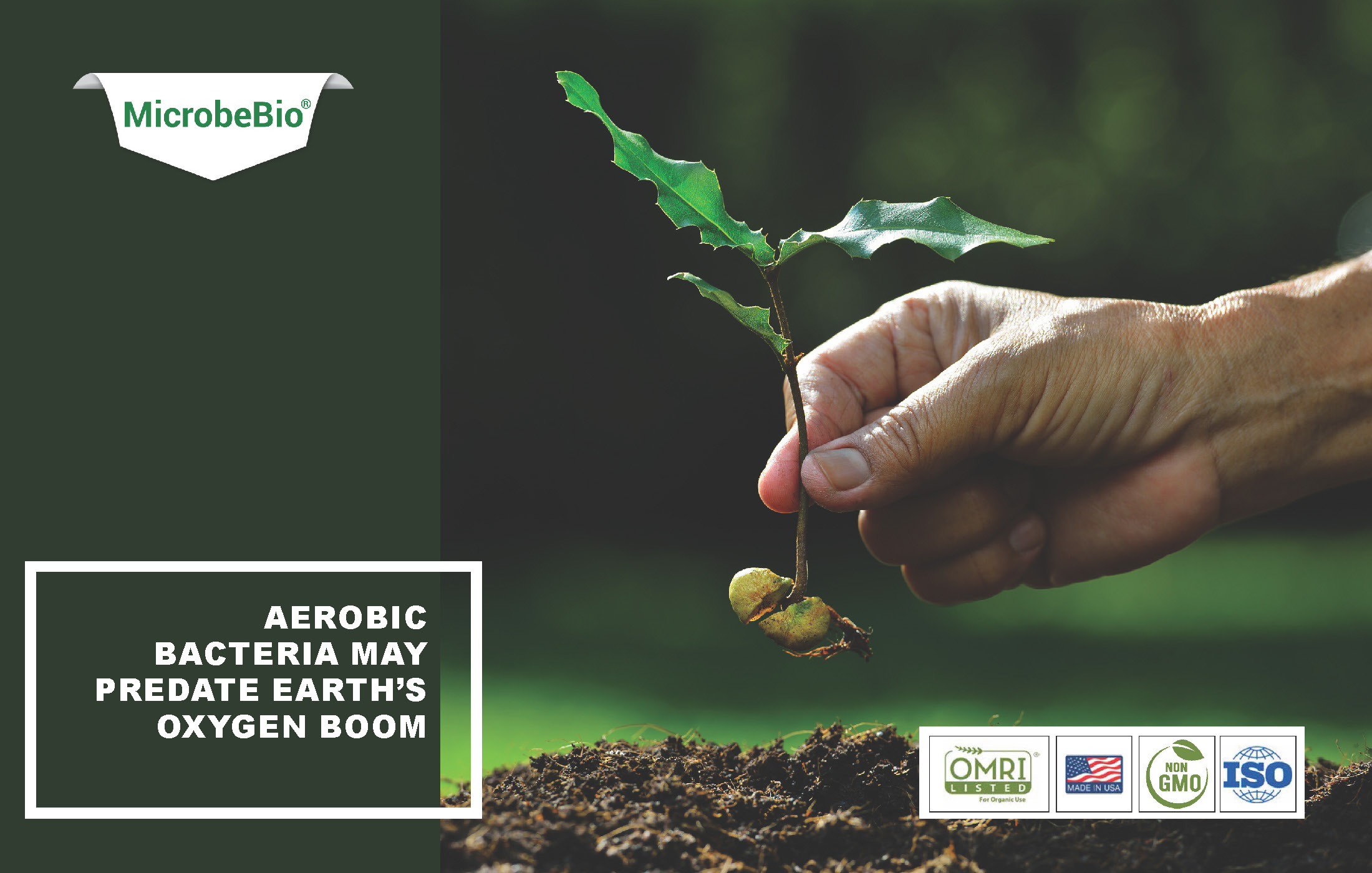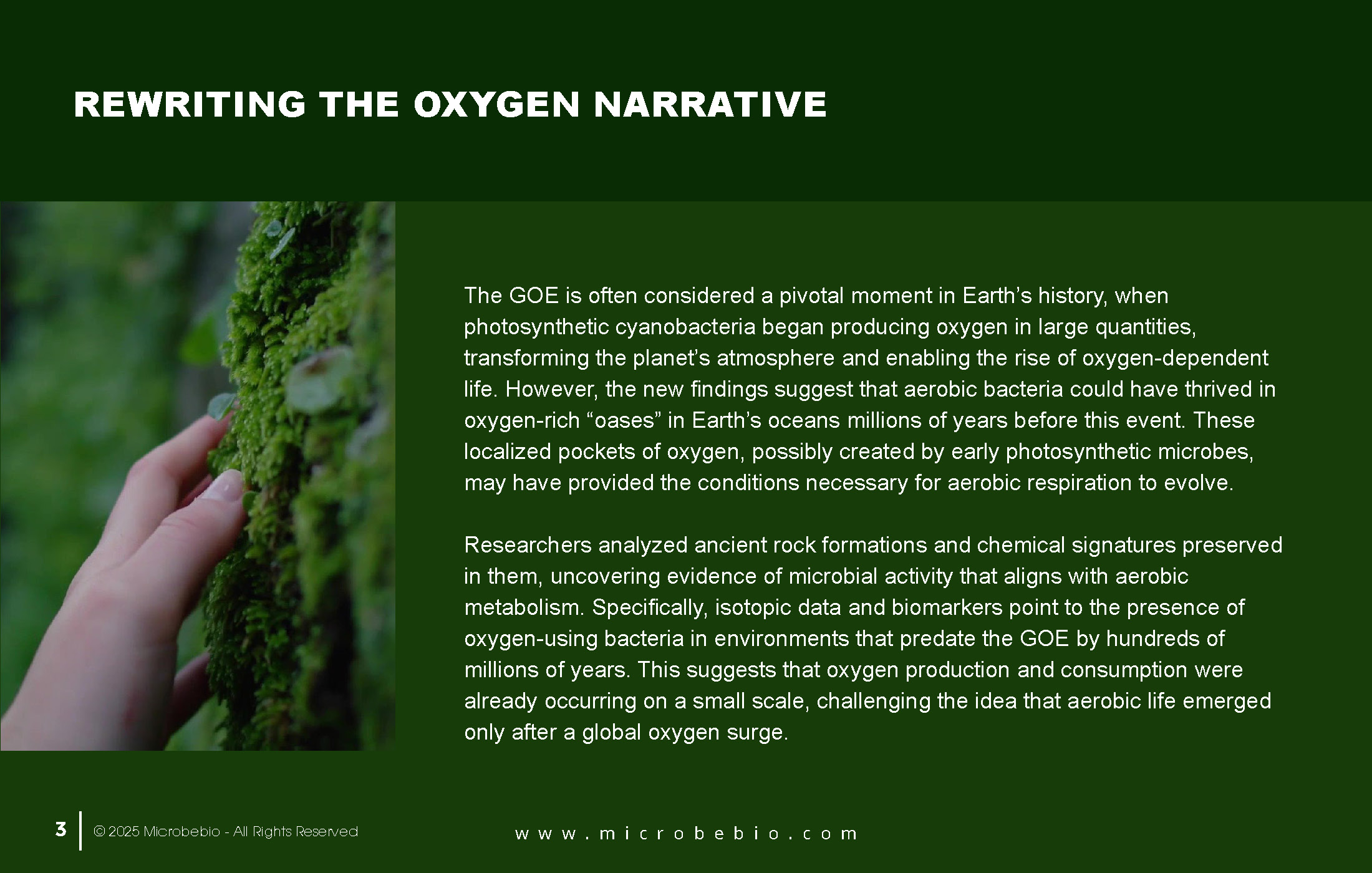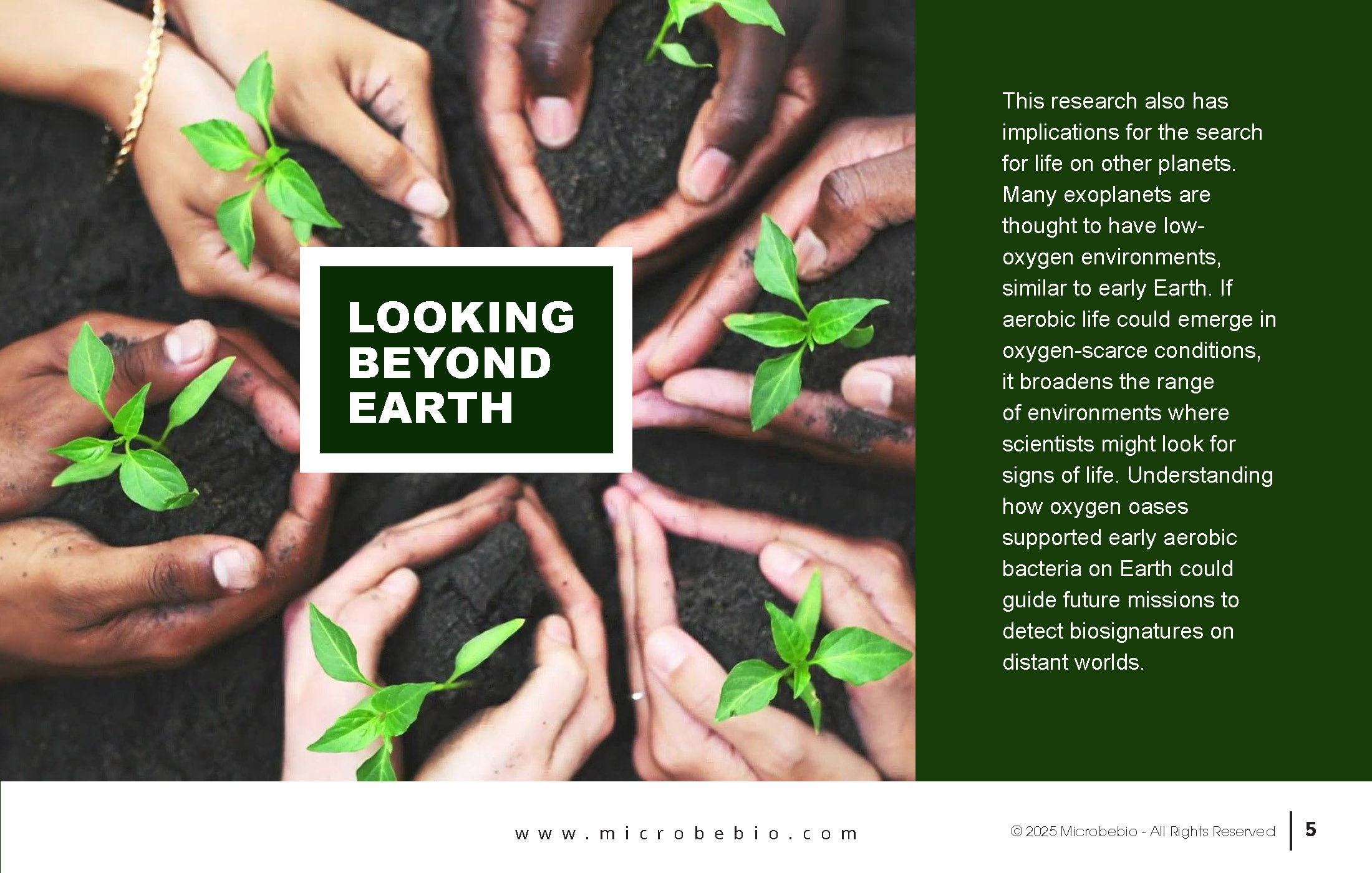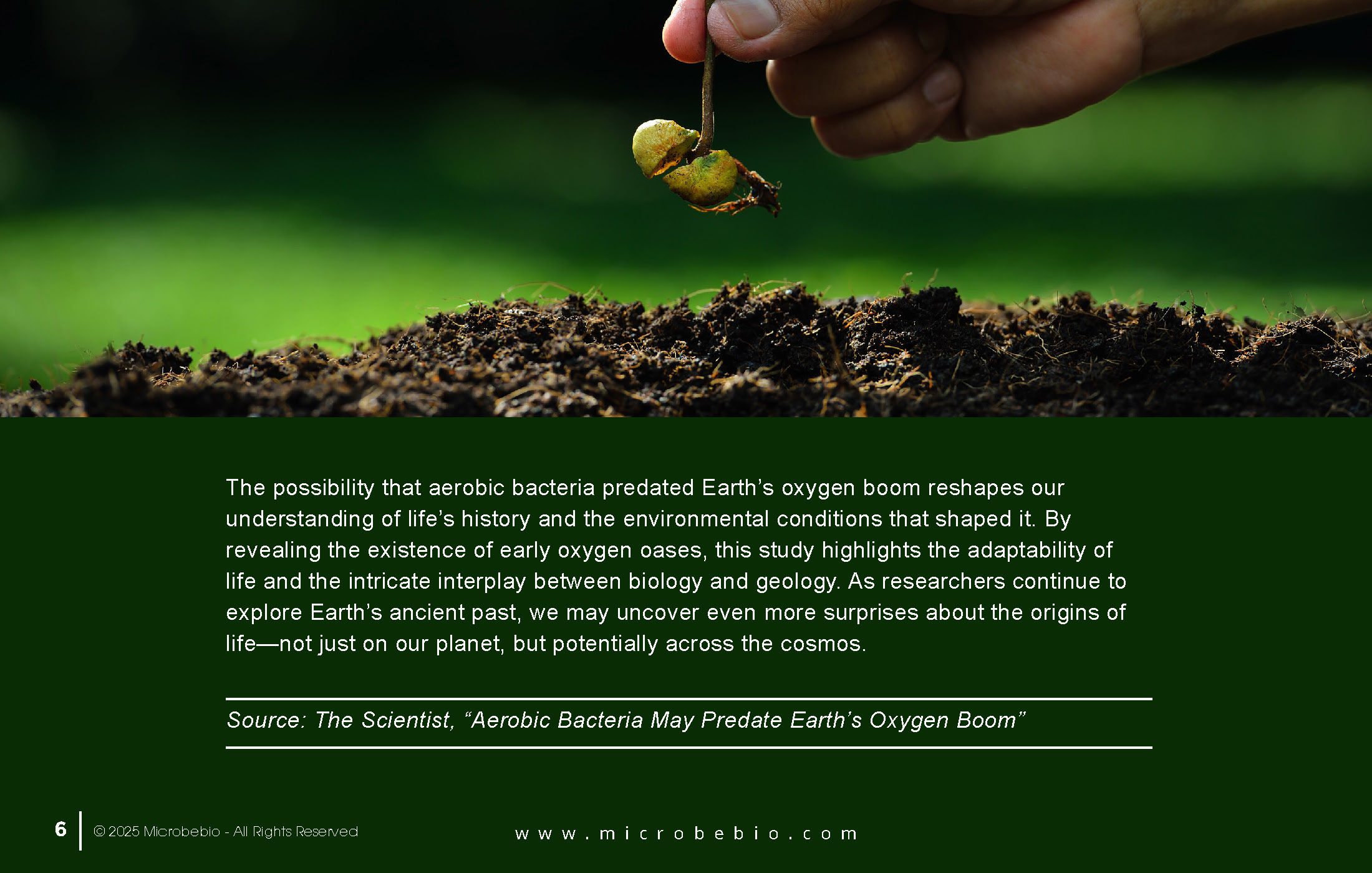Aerobic Bacteria May Predate Earth's Oxygen Boom
Recent research challenges long-held assumptions about the timeline of Earth’s oxygenation and the evolution of aerobic bacteria. According to a study published in Nature, aerobic bacteria—organisms that rely on oxygen to survive—may have existed on Earth long before the Great Oxidation Event (GOE), which occurred approximately 2.4 billion years ago and marked a significant rise in atmospheric oxygen levels.
Rewriting the Oxygen Narrative
The GOE is often considered a pivotal moment in Earth’s history, when photosynthetic cyanobacteria began producing oxygen in large quantities, transforming the planet’s atmosphere and enabling the rise of oxygen-dependent life. However, the new findings suggest that aerobic bacteria could have thrived in oxygen-rich “oases” in Earth’s oceans millions of years before this event. These localized pockets of oxygen, possibly created by early photosynthetic microbes, may have provided the conditions necessary for aerobic respiration to evolve.
Researchers analyzed ancient rock formations and chemical signatures preserved in them, uncovering evidence of microbial activity that aligns with aerobic metabolism. Specifically, isotopic data and biomarkers point to the presence of oxygen-using bacteria in environments that predate the GOE by hundreds of millions of years. This suggests that oxygen production and consumption were already occurring on a small scale, challenging the idea that aerobic life emerged only after a global oxygen surge.
Implications for Early Life
The discovery has profound implications for our understanding of early life on Earth. If aerobic bacteria existed before the GOE, it indicates that Earth’s microbial ecosystems were more complex and diverse than previously thought. These early oxygen oases could have acted as evolutionary incubators, allowing aerobic organisms to develop in isolated environments before oxygen became widely available.
Moreover, the findings raise questions about the timing and triggers of the GOE itself. If oxygen was already being produced and consumed locally, what factors delayed the global accumulation of atmospheric oxygen? Scientists speculate that geological processes, such as volcanic activity or nutrient availability, may have played a role in regulating oxygen levels until a tipping point was reached.
Looking Beyond Earth
This research also has implications for the search for life on other planets. Many exoplanets are thought to have low-oxygen environments, similar to early Earth. If aerobic life could emerge in oxygen-scarce conditions, it broadens the range of environments where scientists might look for signs of life. Understanding how oxygen oases supported early aerobic bacteria on Earth could guide future missions to detect biosignatures on distant worlds.
Conclusion
The possibility that aerobic bacteria predated Earth’s oxygen boom reshapes our understanding of life’s history and the environmental conditions that shaped it. By revealing the existence of early oxygen oases, this study highlights the adaptability of life and the intricate interplay between biology and geology. As researchers continue to explore Earth’s ancient past, we may uncover even more surprises about the origins of life—not just on our planet, but potentially across the cosmos.







